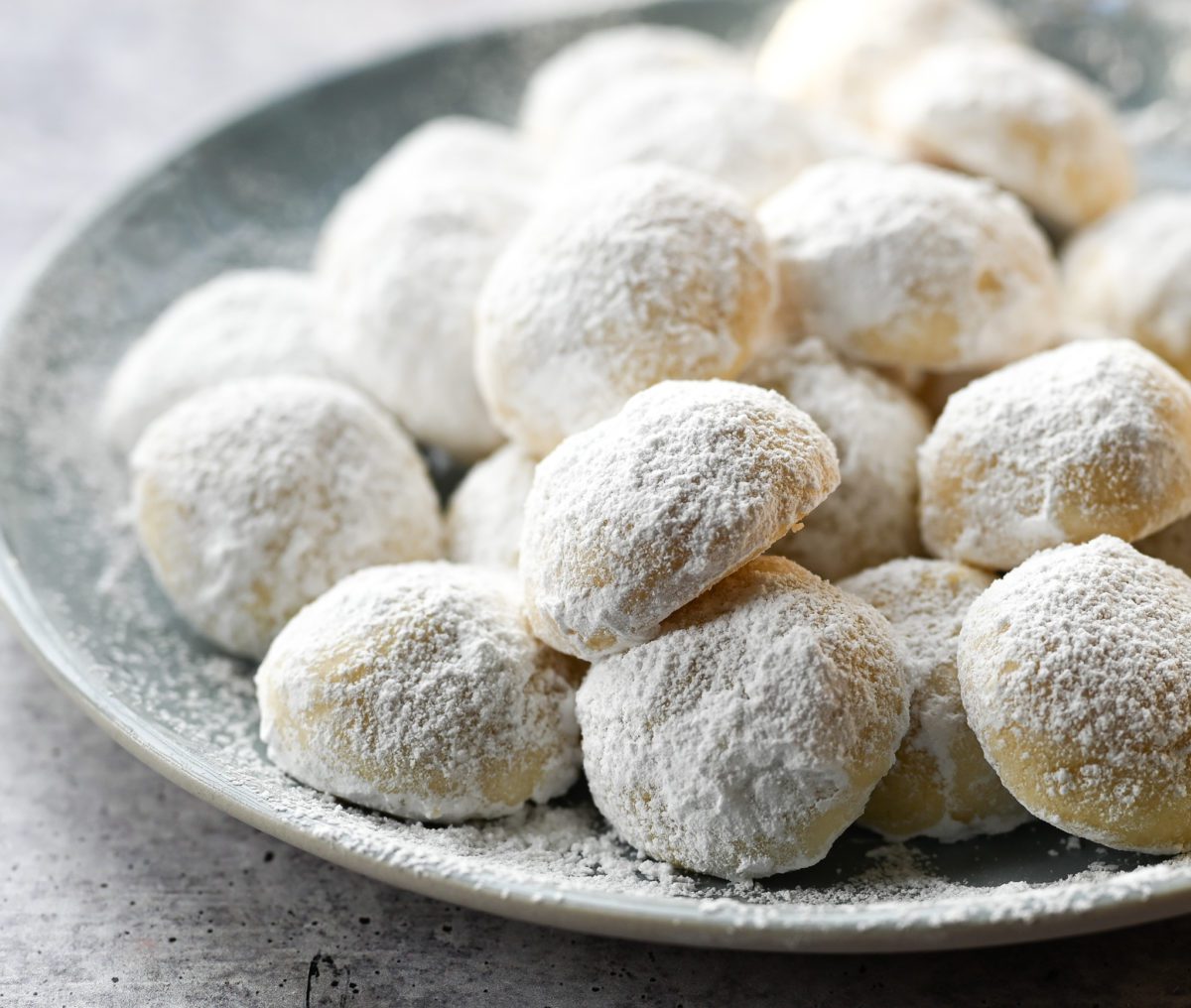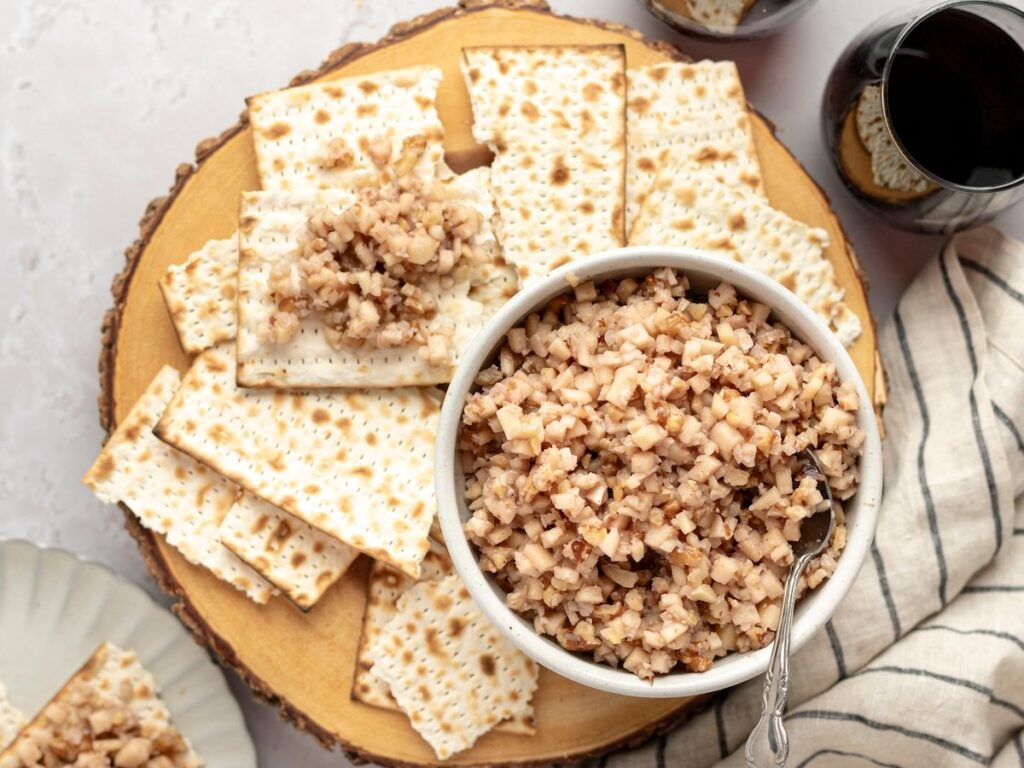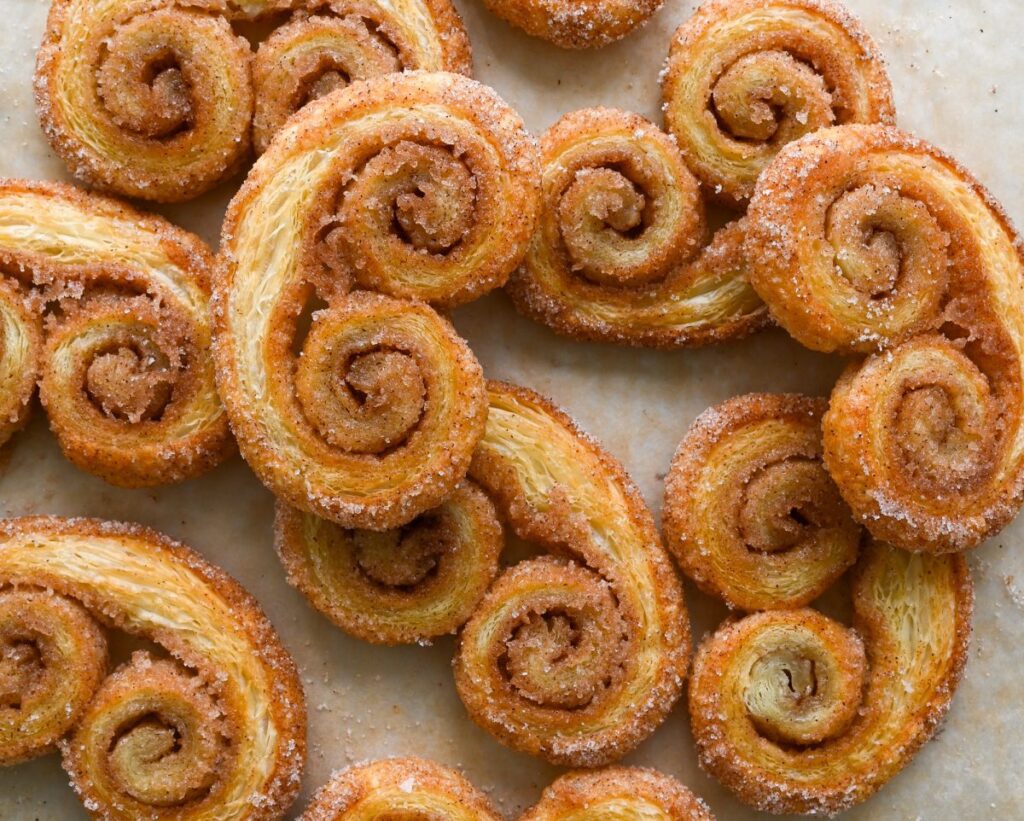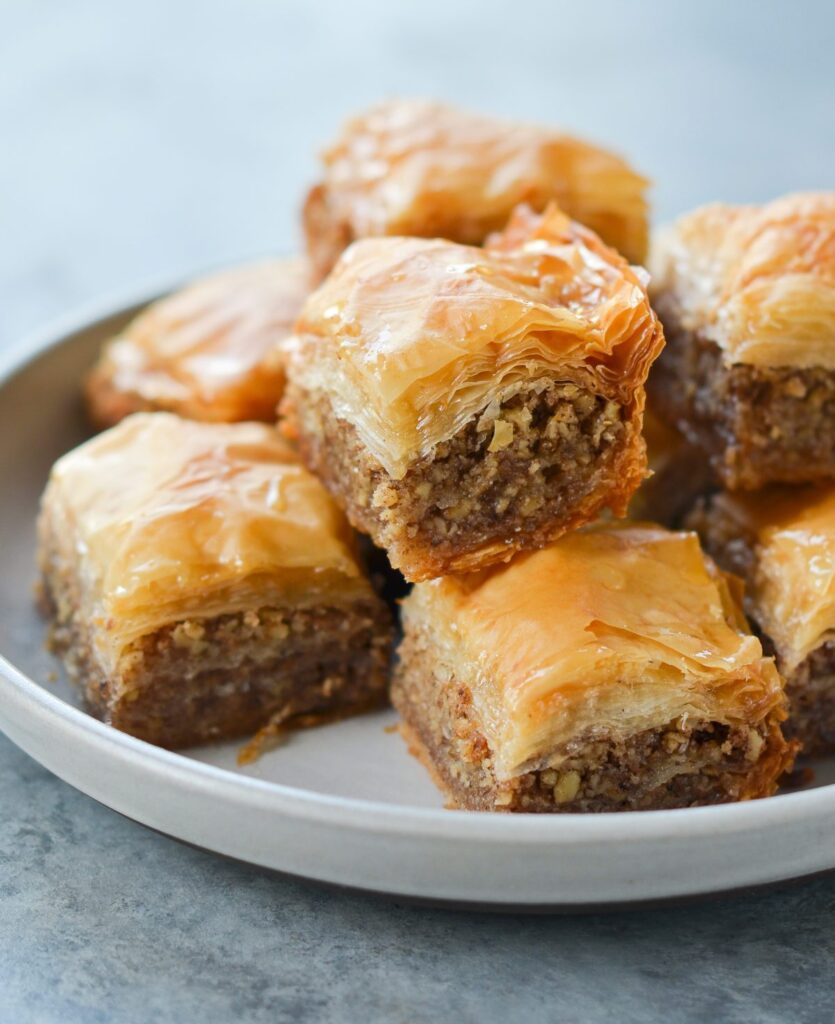This post may contain affiliate links. Read my full disclosure policy.
Blanketed in powdered sugar, snowball cookies make a festive addition to any cookie tray.
Dusted in powdered sugar like fresh snow, snowballs are simple shortbread-like cookies made with a mixture of flour and ground nuts, giving them a slightly nutty flavor and delicate, melt-in-your-mouth texture. The cookies are popular in many parts of the world and known by different names depending on the region.
In Mexico, they’re called polvorones or galletas de boda (which means “wedding cakes” in Spanish); in Russia, they’re known as Russian tea cakes; and in Austria, the cookies are shaped into half-moons and referred to as Viennese crescents. Despite the different names and sometimes different shapes, these cookies are all basically the same delicious treat with slight variations in the flavorings and types of nuts used.
“SO good, they melt in your mouth!”
What You’ll Need To Make Snowball Cookies
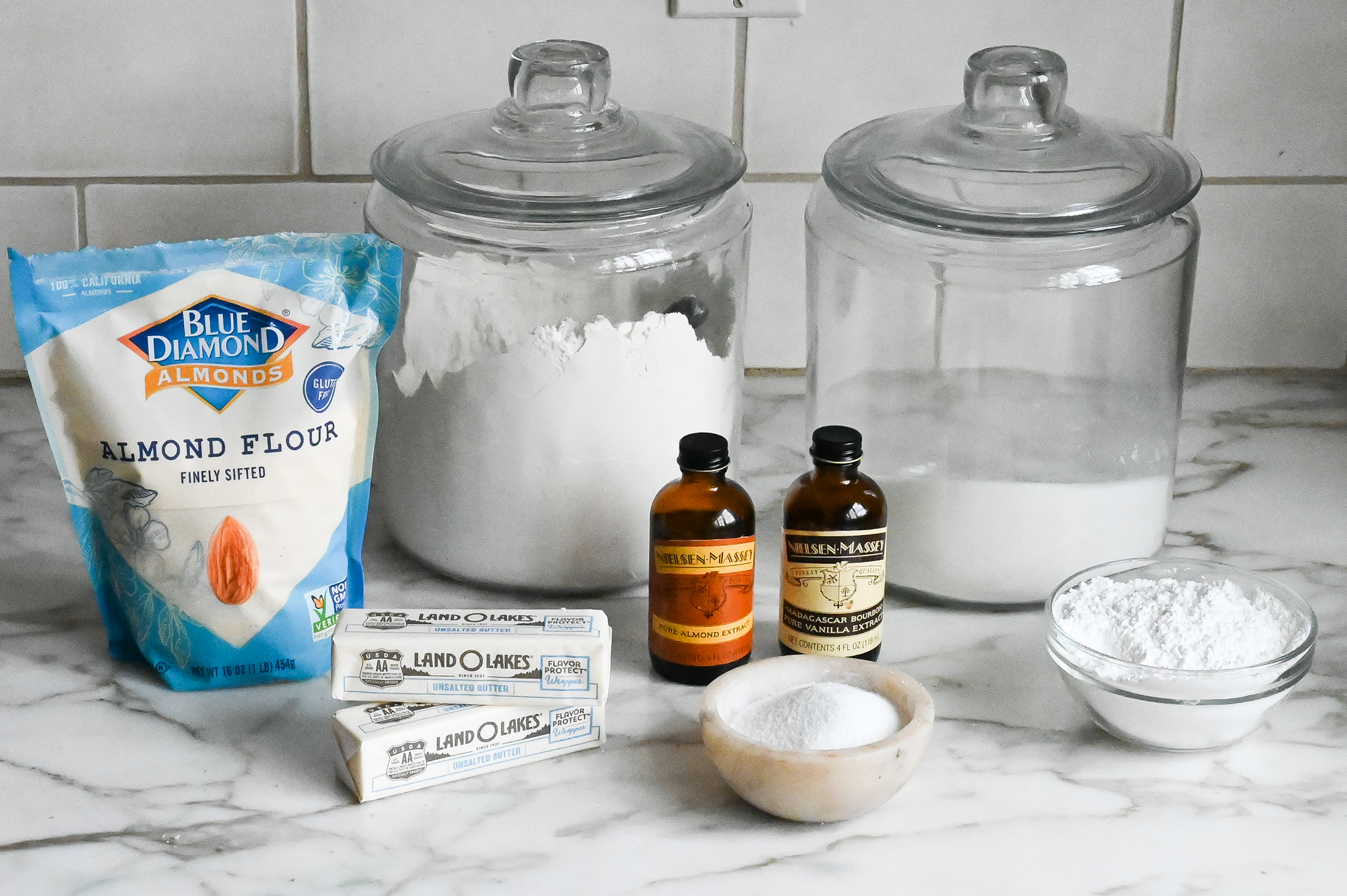

- All-Purpose Flour: Provides structure to the cookies along with the almond flour.
- Almond Flour: Adds a subtle nutty flavor and helps to keep the cookies tender and moist. Find it in the baking or gluten-free aisle of most supermarkets.
- Butter: Provides richness and flavor and gives the cookies a tender texture.
- Granulated Sugar: Sweetens the dough and helps to create a slightly crisp exterior on the cookies.
- Vanilla Extract: Enhances the flavor with its warm and aromatic notes.
- Almond Extract: Adds a lovely fragrant almond flavor.
- Confectioners’ Sugar: Coats the cookies, giving them a snowy appearance and sweet finish.
- Jump to the printable recipe for precise measurements
Step-By-Step Instructions
In a medium bowl, whisk together the all-purpose flour, almond flour, and salt.
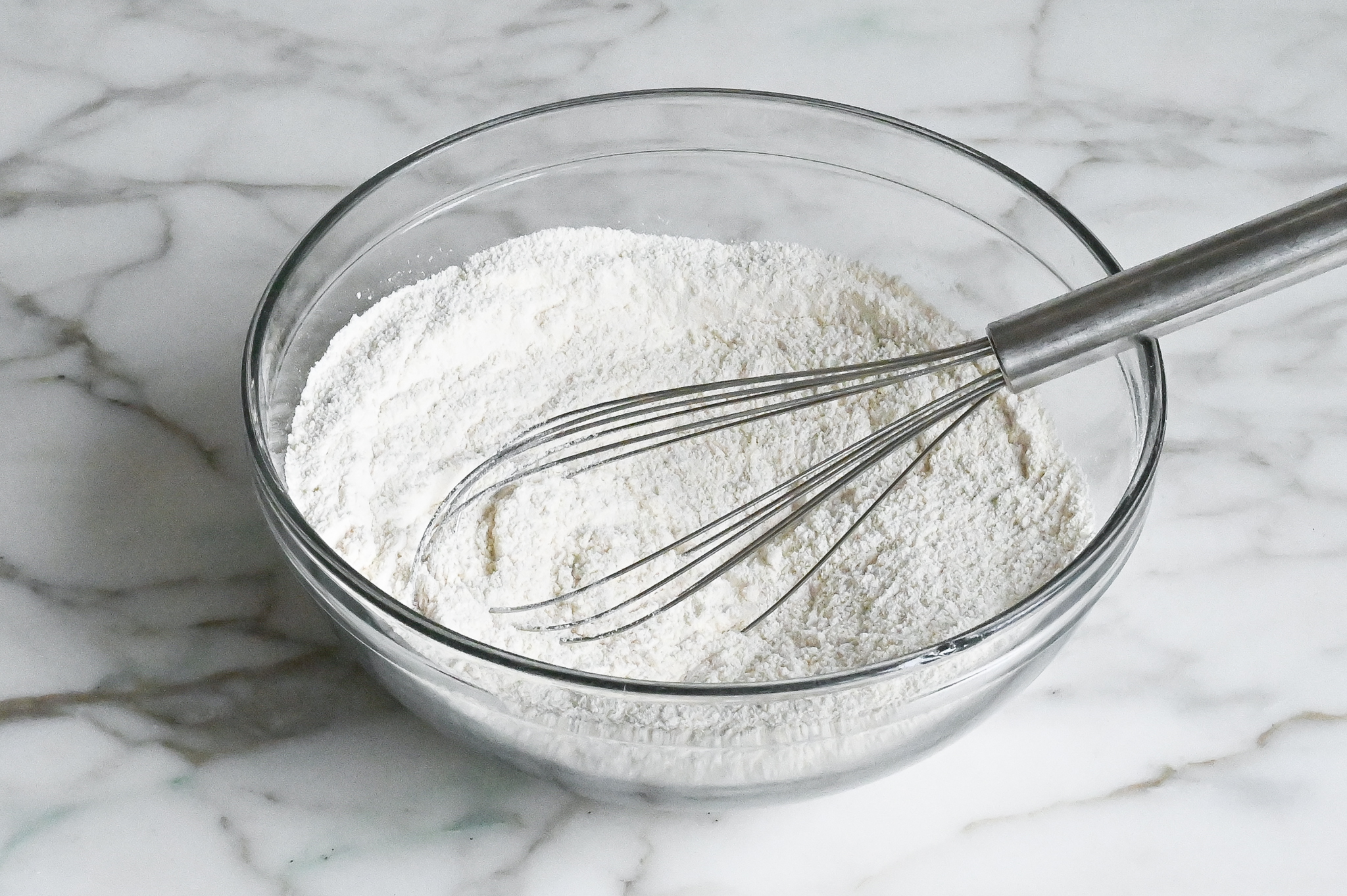

In the bowl of an electric mixer fitted with the paddle attachment or beaters, combine the butter and granulated sugar. Beat on medium speed until pale and creamy, then beat in the vanilla and almond extracts.
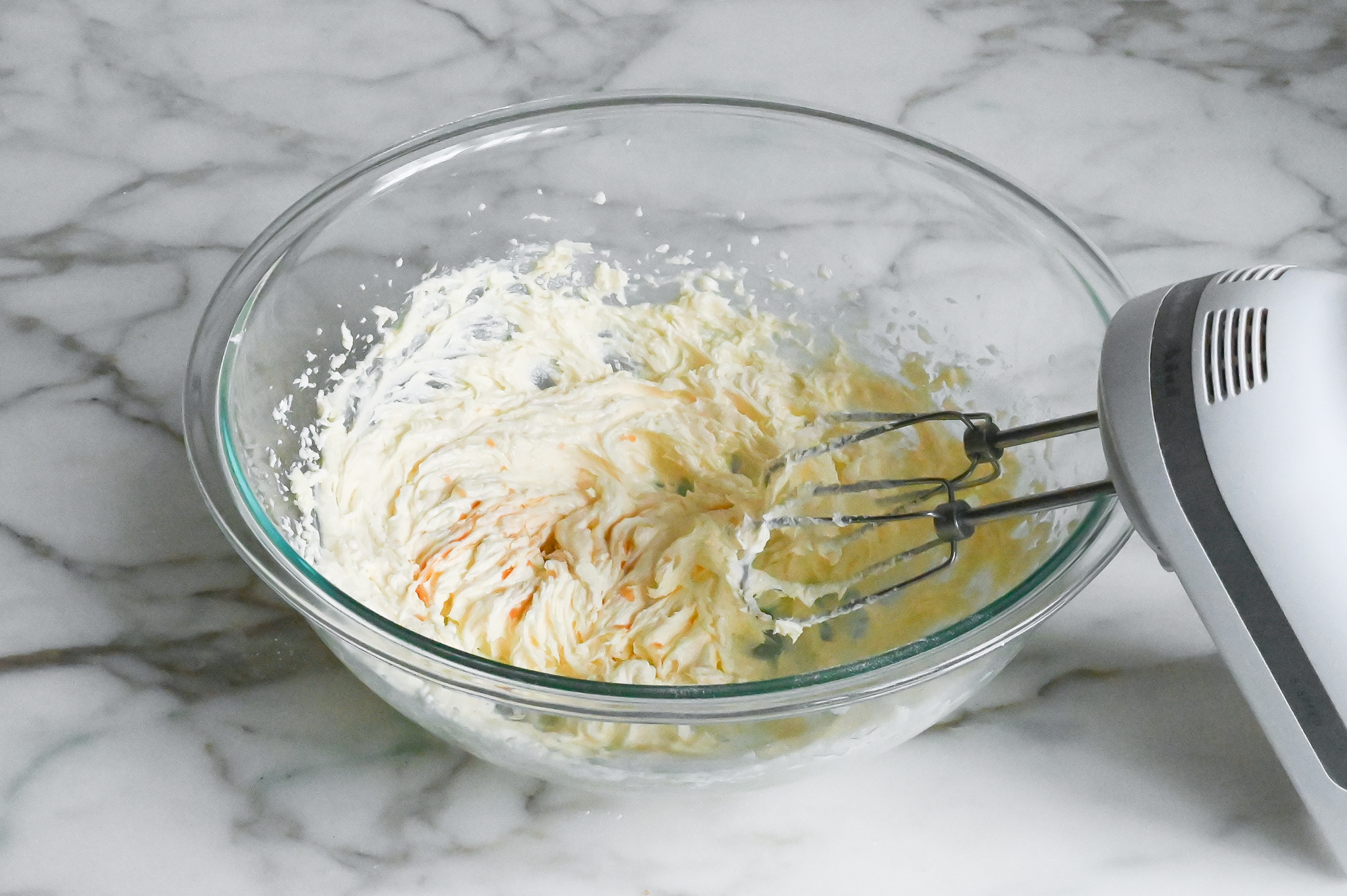

Add the flour mixture.
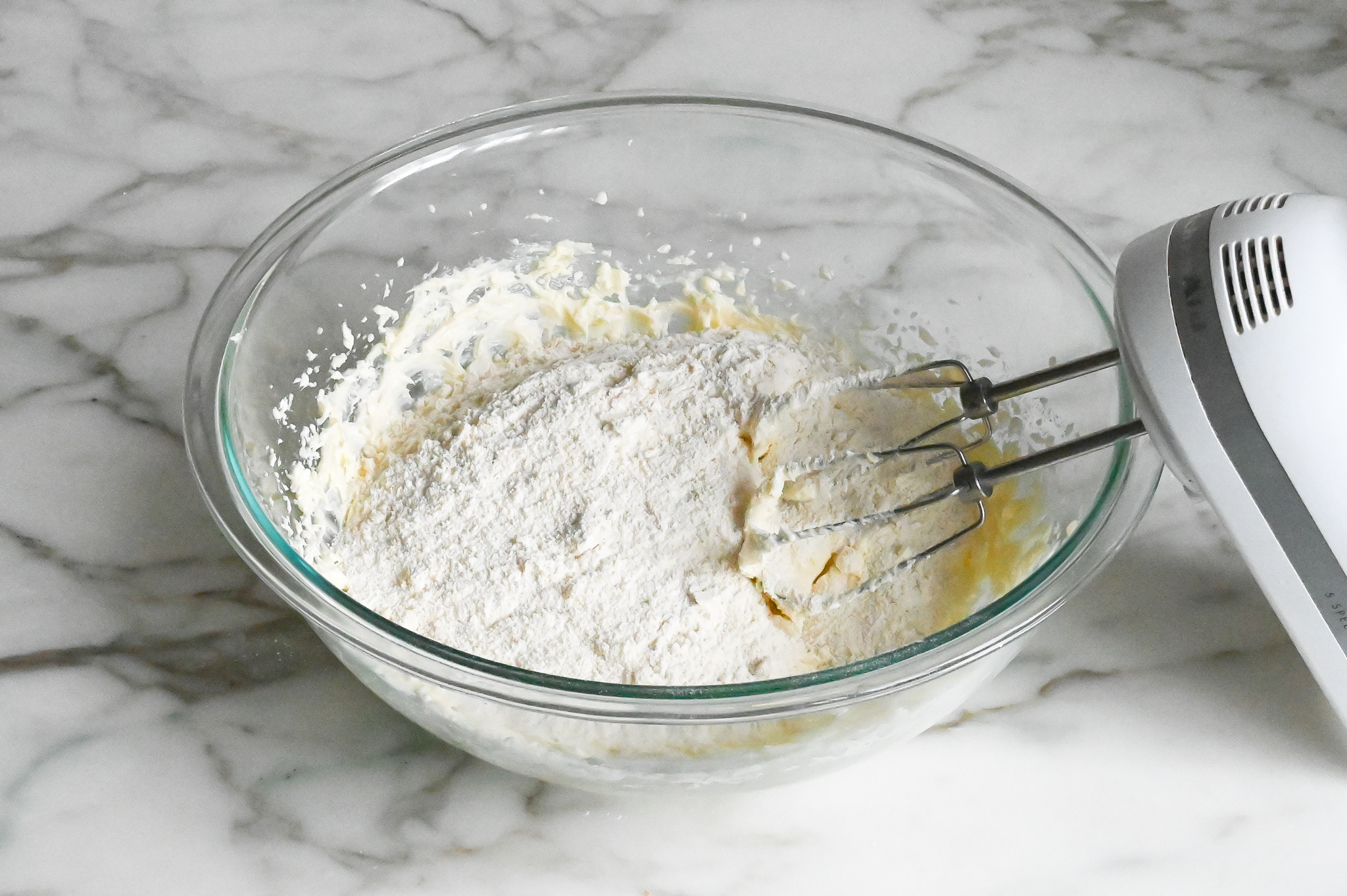

Mix until the dough comes together. Cover and chill in the refrigerator for 15 to 20 minutes, or until it’s firm enough to be easily handled.
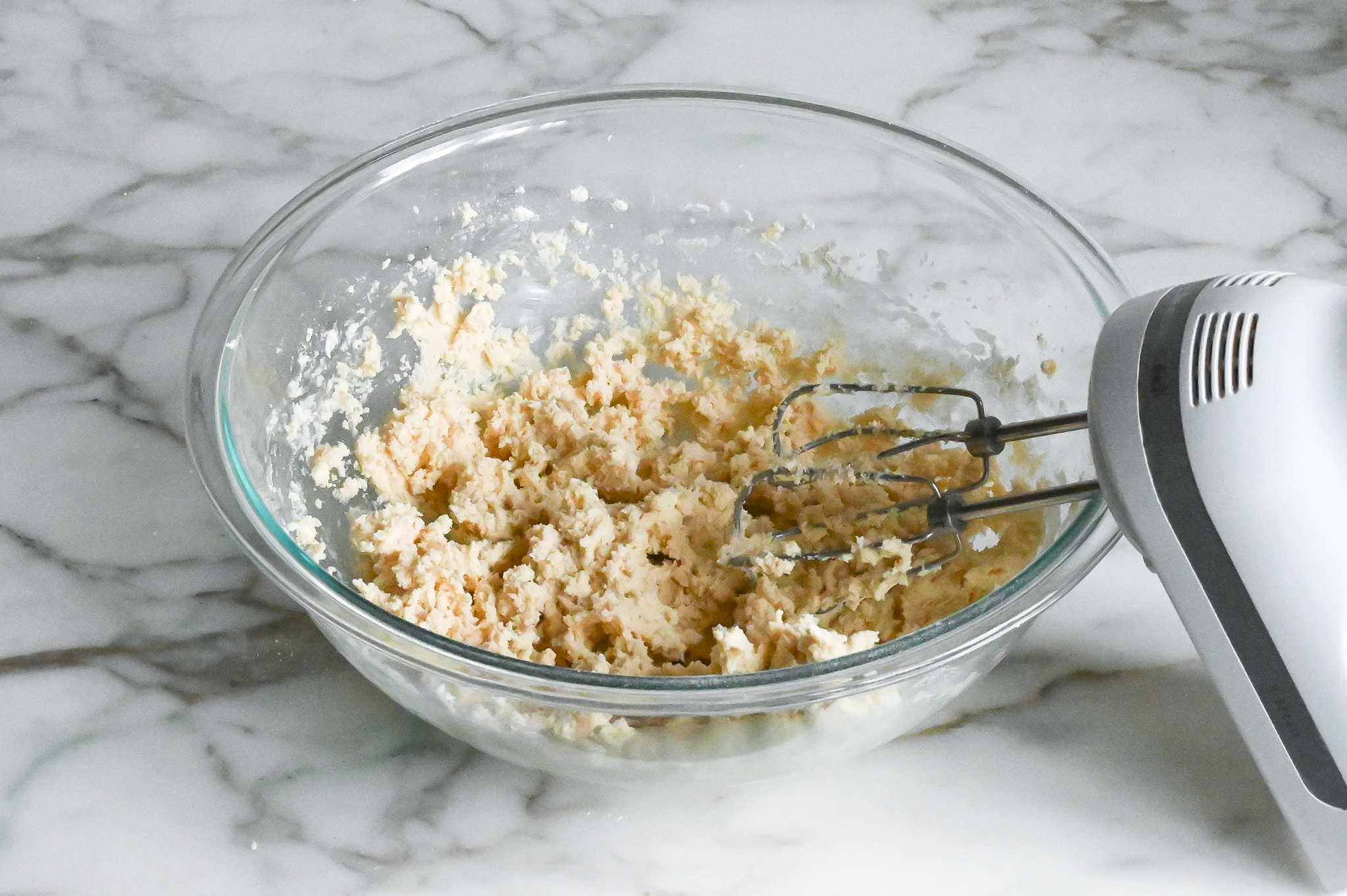

Line two baking sheets with parchment paper. Roll the chilled dough into 1-inch balls and place 2 inches apart on the prepared baking sheets.
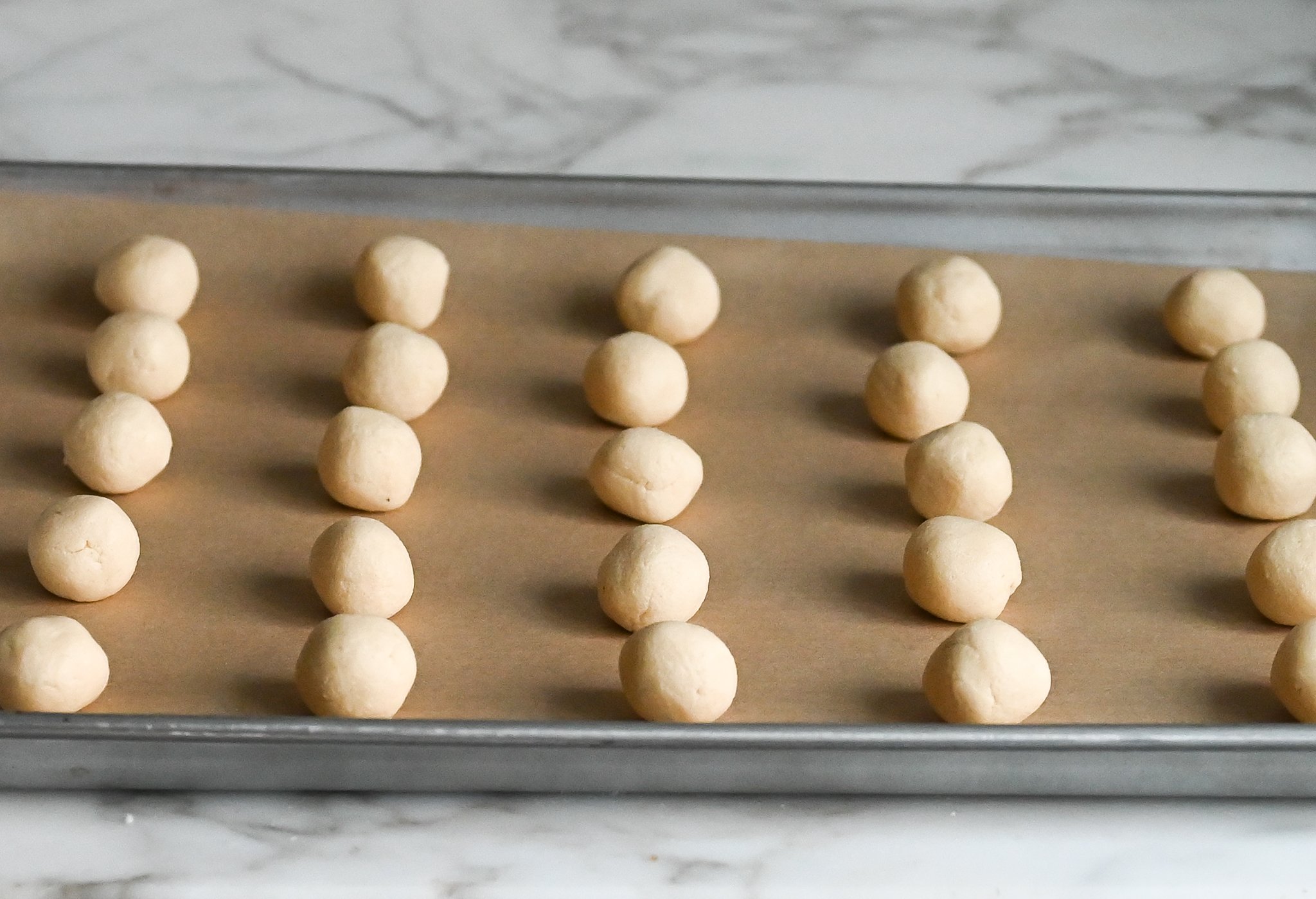

Bake for 12 to 14 minutes, until the cookies are pale on top and lightly golden on the bottom. Let cool on the baking sheets for 5 minutes, then transfer to a wire rack to cool completely.
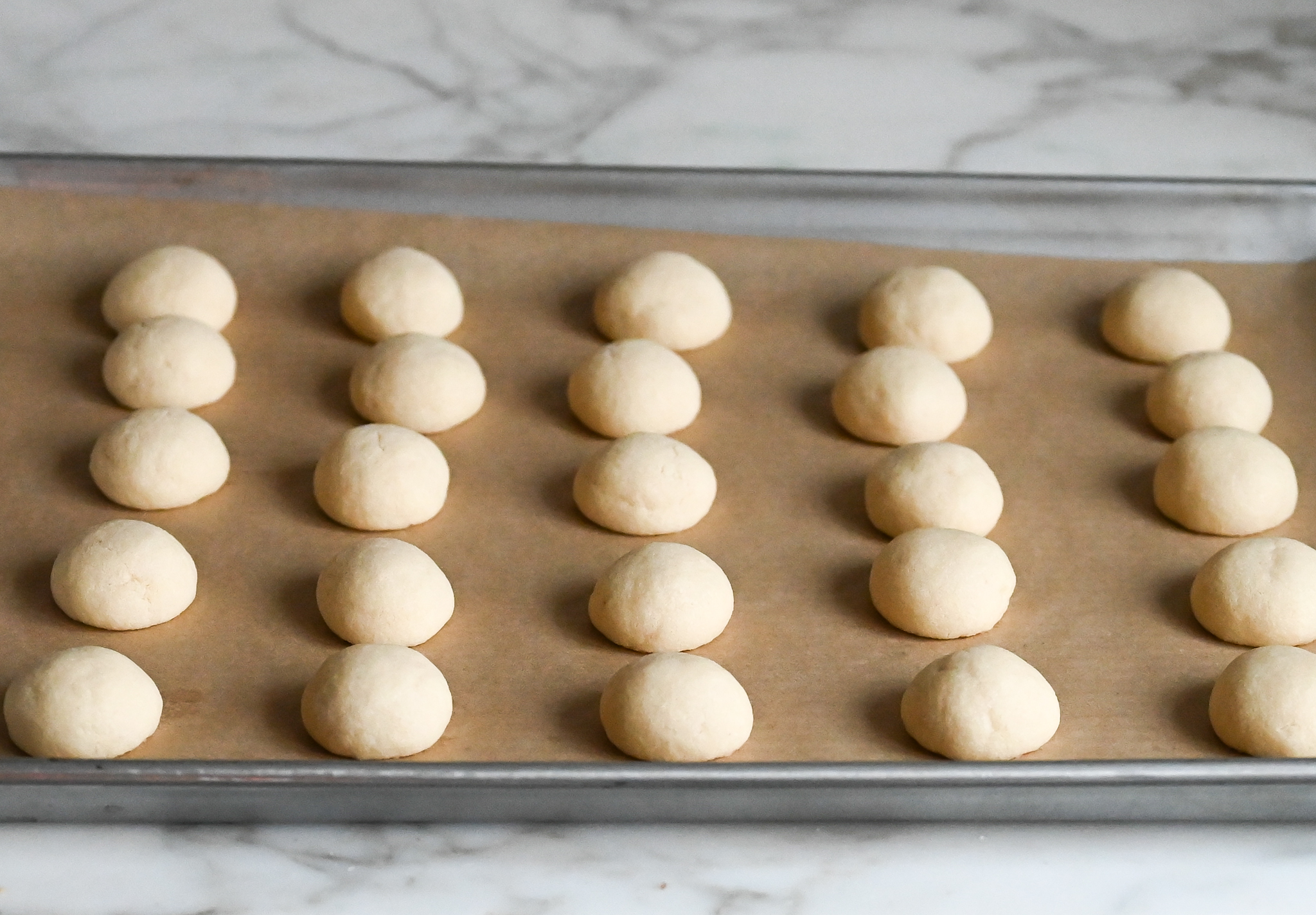

Use a small fine sieve to dust the cookies all over with confectioners’ sugar. Store in an airtight container for up to 5 days or freeze for longer storage.


You May Also Like
Snowball Cookies


Blanketed in powdered sugar, snowball cookies make a festive addition to any cookie tray.
Ingredients
- 1¾ cups all-purpose flour, spooned into measuring cup and leveled-off
- ⅔ cup finely sifted/super-fine almond flour
- ½ teaspoon salt
- 2 sticks (1 cup) unsalted butter, softened
- ¼ cup + 2 tablespoons granulated sugar
- ½ teaspoon vanilla extract
- ⅛ teaspoon almond extract
- 1 cup confectioners’ sugar, for coating
Instructions
- In a medium bowl, whisk together the all-purpose flour, almond flour, and salt.
- In the bowl of an electric mixer fitted with the paddle attachment or beaters, beat the butter and granulated sugar on medium speed until pale and creamy, about 2 minutes. Beat in the vanilla and almond extracts. Add flour mixture and mix on low speed until the dough comes together. Cover and chill in the refrigerator for 15 to 20 minutes, or until the dough is firm enough to be easily handled.
- Preheat oven to 350°F and set two racks in the upper and lower thirds of the oven. Line two baking sheets with parchment paper.
- Roll the chilled dough into 1-inch balls and place 2 inches apart on the prepared baking sheets. (If the dough is crumbly from chilling longer than the recommended time, knead it slightly with your hands to make it more pliable.) Bake for 12 to 14 minutes, rotating the pans from top to bottom and front to back halfway through baking, until the cookies are pale on top and lightly golden on the bottom. Let the cookies cool on the baking sheets for 5 minutes, then transfer to a wire rack to cool completely. When the cookies are cool, use a small fine sieve to dust the cookies all over with confectioners’ sugar. (Alternatively, gently roll the cookies in the confectioners’ sugar until coated.) Store in an airtight container for up to 5 days. Dust the cookies again with confectioners’ sugar before serving.
- Freezer-Friendly Instructions: The cookie dough can be frozen for up to 3 months. Roll the dough into balls, let set on a baking sheet in the freezer, then place in a sealable bag and press out as much air as possible. Bake as needed directly from the freezer. (Allow 1 to 2 minutes longer in the oven.) To freeze the cookies after baking, let the cookies cool completely and store in an airtight container separating layers with parchment paper or aluminum foil. Before serving, remove the cookies from the container and let them come to room temperature. Dust with confectioners’ sugar before serving.
Nutrition Information
Powered by ![]()
![]()
- Serving size: 1 cookie
- Calories: 77
- Fat: 5 g
- Saturated fat: 3 g
- Carbohydrates: 8 g
- Sugar: 4 g
- Fiber: 0 g
- Protein: 1 g
- Sodium: 26 mg
- Cholesterol: 11 mg
This website is written and produced for informational purposes only. I am not a certified nutritionist and the nutritional data on this site has not been evaluated or approved by a nutritionist or the Food and Drug Administration. Nutritional information is offered as a courtesy and should not be construed as a guarantee. The data is calculated through an online nutritional calculator, Edamam.com. Although I do my best to provide accurate nutritional information, these figures should be considered estimates only. Varying factors such as product types or brands purchased, natural fluctuations in fresh produce, and the way ingredients are processed change the effective nutritional information in any given recipe. Furthermore, different online calculators provide different results depending on their own nutrition fact sources and algorithms. To obtain the most accurate nutritional information in a given recipe, you should calculate the nutritional information with the actual ingredients used in your recipe, using your preferred nutrition calculator.
See more recipes:

